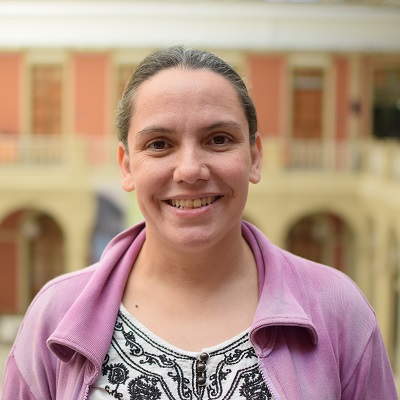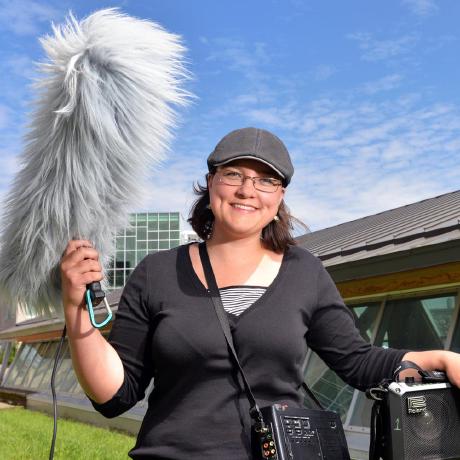All posts (Page 74 of 126)
spatsoc is an R package written by Alec Robitaille, Quinn Webber and Eric Vander Wal of the Wildlife Evolutionary Ecology Lab (WEEL) at Memorial University of Newfoundland. It is the lab’s first R package and was recently accepted through the rOpenSci onboarding process with a big thanks to reviewers Priscilla Minotti and Filipe Teixeira, and editor Lincoln Mullen.
spatsoc started as a single function (what would eventually become group_pts) written by Alec in 2017 to help answer some of the questions that Quinn and Eric were asking about how animal social structure is related to spatial processes. These ideas were originally proposed by Quinn and Eric in their recent review paper 1. After our ideas were published, we began using this early function to determine when GPS collared caribou (Rangifer tarandus) in Newfoundland were recorded within 50 m of one another, within 5 minutes. This spatiotemporal grouping allowed us to build and analyze social association networks with asnipe and igraph. Using animal telemetry data with social network analysis allowed us to draw new insights from a long term movement dataset.
🔗
What is restez?
R packages for interacting with the National Center for Biotechnology Information (NCBI) have, to-date, depended on API query calls via NCBI’s Entrez. For computational analyses that require the automated look-up of reams of biological sequence data, piecemeal querying via bandwith-limited requests is evidently not ideal. These queries are not only slow, but they depend on network connections and the remote server’s consistent behaviour. Additionally, users who make very large requests over extended periods of time run the risk of being blocked.
...Although there are increasing incentives and pressures for researchers to share code (even for projects that are not essentially computational), practices vary widely and standards are mostly non-existent. The practice of reviewing code then falls to researchers and research groups before publication. With that in mind, rOpenSci hosted a discussion thread and a community call to bring together different researchers for a conversation about current practices, and challenges in reviewing code in the lab....
A few months ago, I wasn’t sure what to expect when looking at fluorescence microscopy images in published papers. I looked at the accompanying graph to understand the data or the point the authors were trying to make. Often, the graph represents one or more measures of the so-called co-localization, but I couldn’t figure out how to interpret them. It turned out; reading the images is simple. Cells are simultaneously stained by two dyes (say, red and green) for two different proteins. The color turns yellow in the merged image when the two proteins localize in proximity....
Imagine you are a fish ecologist who compiled a list of fish species for your country. 🐟
Your list could be useful to others, so you publish it as a supplementary file to an article or in a research repository. That is fantastic, but it might be difficult for others to discover your list or combine it with other lists of species. Luckily there’s a better way to publish species lists: as a standardized checklist that can be harvested and processed by the Global Biodiversity Information Facility (GBIF). We created a documented template to do that in R, which recently won the GBIF Ebbe Nielsen Challenge. In this post we explain how we did that and highlight some of the tools we discovered along the way.
...



